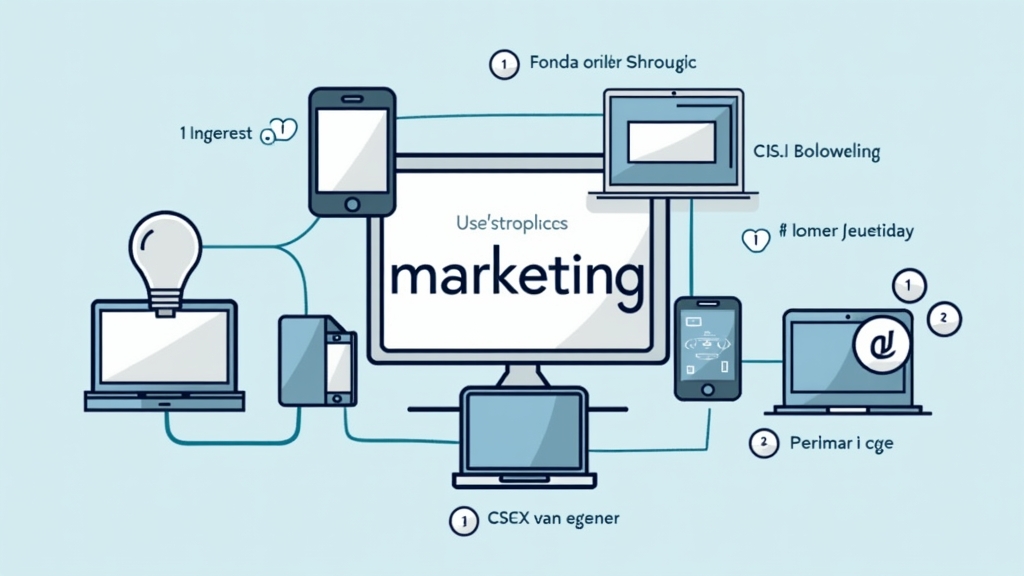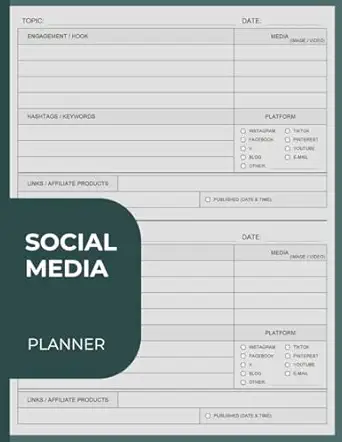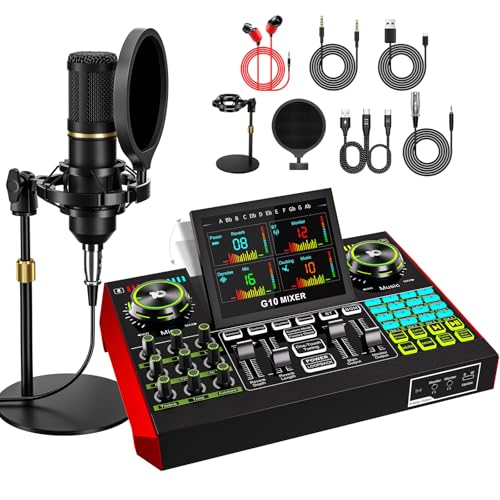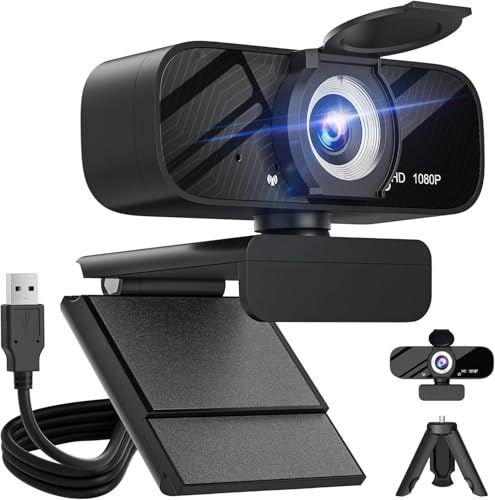Effective Multi-Device Marketing Strategies for Today’s Businesses
Introduction
Understanding the Importance of Multi-Device Marketing
In today’s fast-paced digital world, consumers use multiple devices to access information and make purchases. This shift makes multi-device marketing essential for businesses aiming to reach their audience effectively. By creating a seamless experience across smartphones, tablets, and desktops, you can engage customers at every touchpoint. This article will explore effective strategies that help your business thrive in a multi-device environment.
The Rise of Multi-Device Usage
Trends in Consumer Behavior
Recent studies show that over 80% of Americans own more than one device. People frequently switch between smartphones, tablets, and laptops throughout the day. For instance, they might browse on their phone during lunch but complete a purchase on their laptop later in the evening. Understanding these trends is crucial for tailoring your marketing efforts.
The Impact on Marketing Strategies
With consumers using various devices, marketers must adapt their strategies accordingly. A single-channel approach is no longer sufficient; instead, you need to create campaigns that work seamlessly across all platforms. This means considering how users interact with each device and ensuring consistent messaging and branding everywhere.
Key Components of Multi-Device Marketing
Cross-Platform Consistency
One of the most important aspects of multi-device marketing is maintaining consistency across platforms. Your brand’s voice should remain uniform whether customers are engaging with your content via mobile or desktop. This includes visual elements like logos and colors as well as tone and messaging style.
Responsive Design and User Experience
Responsive design ensures that your website looks great on any device size—be it a smartphone or a large monitor. A positive user experience encourages visitors to stay longer on your site and increases conversion rates. Make sure navigation is easy regardless of the device used so users can find what they need without frustration.
Developing a Multi-Device Marketing Strategy
Identifying Your Target Audience
To craft an effective multi-device marketing strategy, start by identifying who your target audience is. Consider factors such as age, location, interests, and which devices they prefer using for different activities (like shopping or browsing). Knowing this helps tailor your messages specifically to them.
Crafting Unified Messaging Across Devices
Once you know your audience, focus on creating unified messaging that resonates with them across all devices. Use similar themes but adjust content slightly based on the platform’s context—for example, shorter messages may work better on social media while detailed articles suit blogs or websites.
Tools and Technologies for Multi-Device Marketing
Analytics and Tracking Solutions
Using analytics tools allows you to track user behavior across different devices effectively. Platforms like Google Analytics provide insights into how visitors interact with your site from various sources—helping inform future marketing decisions based on real data rather than assumptions.
Automation Tools for Streamlined Campaigns
Automation tools simplify managing campaigns across multiple channels by scheduling posts or emails ahead of time based on user engagement patterns identified through analytics data—ensuring timely delivery when audiences are most active online.
Measuring Success in Multi-Device Marketing
Key Performance Indicators (KPIs) to Monitor
To gauge success in multi-device marketing efforts effectively monitor KPIs such as conversion rates per device type or engagement levels (likes/shares/comments). These metrics give insight into what works best where—and allow adjustments accordingly!
Analyzing Data Across Multiple Platforms
Analyzing data from various platforms helps identify trends unique to each channel while also revealing overarching patterns applicable company-wide! Regularly review performance reports so necessary changes can be made swiftly before issues escalate further down the line!
Case Studies of Successful Multi-Device Campaigns
Examples from Leading Brands
Many leading brands have successfully implemented multi-device marketing strategies! For example: Starbucks uses its app not only for ordering coffee but also rewards programs accessible via both mobile phones & desktops alike—creating an integrated customer experience!
Lessons Learned and Best Practices
From these successful campaigns comes valuable lessons about prioritizing user experience above all else! Ensure consistency throughout every touchpoint & leverage analytics tools regularly—to refine approaches continually based upon feedback received along this journey towards success!
Conclusion
The Future of Multi-Device Marketing Strategies
As technology continues evolving rapidly around us; staying ahead requires embracing innovative solutions tailored specifically towards meeting diverse consumer needs! By focusing efforts strategically now—you’ll position yourself favorably within competitive landscapes moving forward!
📢 Explore More: Continue Your Journey!
If this article helped you understand multi-device marketing better, check out The Power of Personalization in Digital Marketing! It covers how personalized experiences enhance customer engagement across all platforms.














![NEEWER 55W 18"/45cm Ring Light Kit [New Version], 5600K Dimmable ...](https://m.media-amazon.com/images/I/414QLqvZWLL.jpg)








